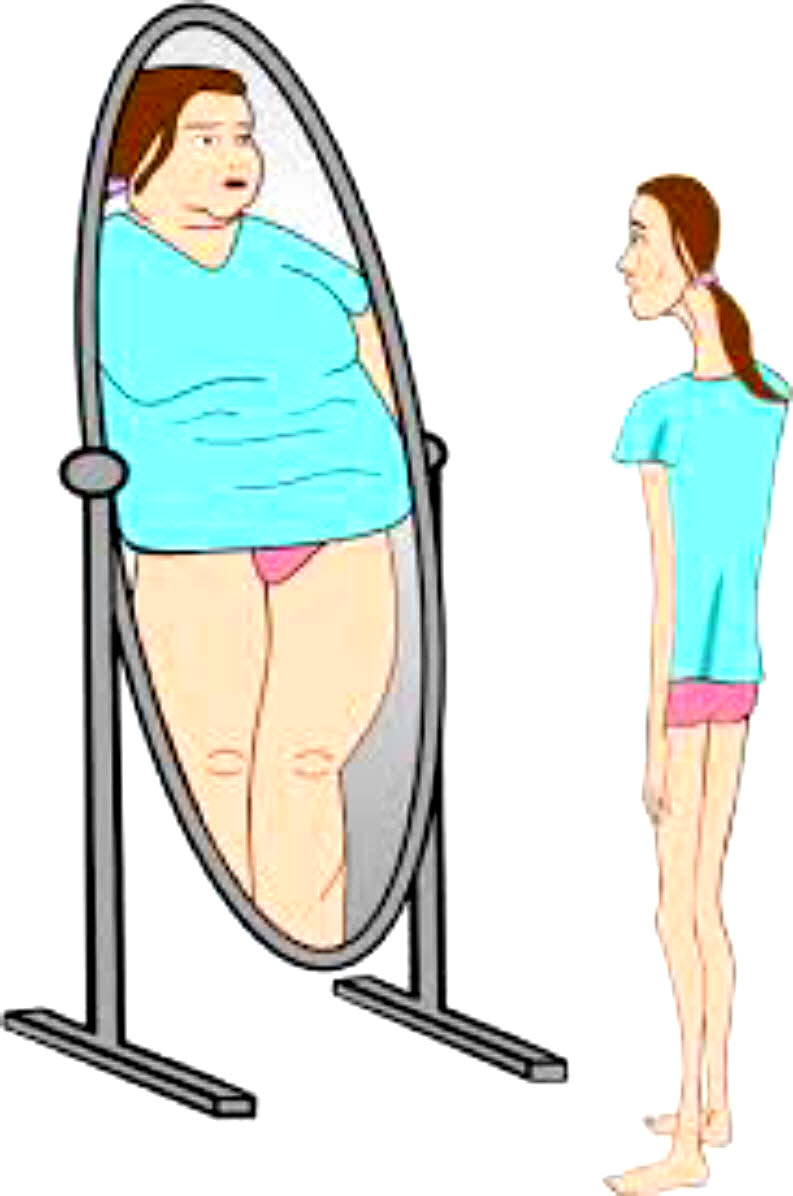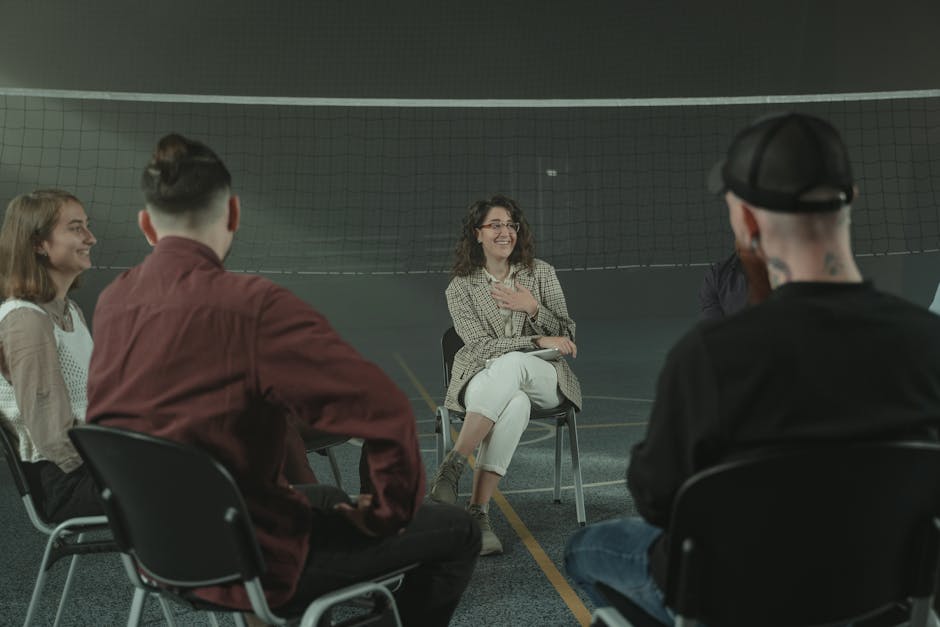
While the #coronavirus #pandemic has fatigued the nation for nearly eight months, local #mentalhealthexperts have been preparing for the second curve that the #virus is expected to bring about regarding #mental and #behavioralhealth.
One facet of the second curve that has been displayed on a national and local level is how the #pandemic has exacerbated social inequalities.
“We’re seeing an increased number of suicides, and it’s been across the board in terms of ethnicity,” Dorothy Perry, #behavioralhealth expert from Health Solutions, said.
#JamesDonaldson notes:
Welcome to the “next chapter” of my life… being a voice and an advocate for #mentalhealthawarenessandsuicideprevention, especially pertaining to our younger generation of students and student-athletes.
Getting men to speak up and reach out for help and assistance is one of my passions. Us men need to not suffer in silence or drown our sorrows in alcohol, hang out at bars and strip joints, or get involved with drug use.
Having gone through a recent bout of #depression and #suicidalthoughts myself, I realize now, that I can make a huge difference in the lives of so many by sharing my story, and by sharing various resources I come across as I work in this space. #http://bit.ly/JamesMentalHealthArticle
The #CDC released a recent study showing the increasing rates of #suicidalideation, which Perry noted is great cause for concern.
“They had asked people how many times they had thought about #suicide in the last 30 days,” Perry said. “The average was 10.7% of people had thought about #suicide. However, young people 18-24, that percentage was 25.5%. So one out of every four young persons had thought about #suicide in the last 30 days.
“#Minority and #racial and #ethnic groups – #Hispanics were 18.6%, #AfricanAmericans were 15.1%, and those who were essential workers were 21.7%. So all of those figures are higher than what the average was at 10.7.”
Dawn Yengich, director of marketing and personal relations at Health Solutions, noted a study, “The State of #MentalHealth in America.”
The study stated, “While rates of #anxiety, #depression, and #suicidalideation are increasing for people of all races and #ethnicities, there are notable differences in those changes over time. #Black or #AfricanAmerican screeners have had the highest average percent change over time for #anxiety and #depression, while #NativeAmerican or #AmericanIndian screeners have had the highest average percent change over time for #suicidalideation.
“#Youth #mentalhealth is worsening. 9.7% of youth in the U.S. have severe major #depression, compared to 9.2% in last year’s dataset. This rate was highest among youth who identify as more than one race, at 12.4%.”
Locally though, the ethnicity and race client data pulled for the purposes of the article is inconclusive and does not show a difference in any one ethnicity seeking services from Health Solutions at a higher rate than another.
But the national and local data display that ethic #minorities are affected more severely in other areas, Perry noted. The reason for that, Perry said, is often referred to as social determinants of health.
“The primary factor in social determinants of health is poverty,” Perry said. “So if you have low income, it’s very difficult sometimes to have transportation to get to a provider, and so sometimes individuals will try to manage their healthcare at home because it can be so challenging to get to a provider.”
Transportation is a concern locally because when individuals have little access to transportation, several obstacles will ultimately surface, Perry said.
“You can have difficulty finding healthy food,” Perry added. “If you have to take a bus, for example, there is a restriction that you can only take two bags of groceries on a city bus. So if you have a family of four, five, or six, two bags of groceries isn’t going to go very far. I think for lower income families, it’s just more challenging from many perspectives.”
Another challenge the #pandemic has exposed is when the unemployment rates increased, individuals have experienced loss of insurance.
“We have a number of people in our community who are under-employed,” Perry said. “So many times, for example, they may have insurance provided through the job they have, but they have a $5000 deductible. It’s like having no insurance at all, because they don’t have $5,000 to spend before their insurance kicks in. So it’s not only unemployment; t’s also about the under-employed.
“Many in our community still do not have insurance, even though the state has gone to lengths to ensure everyone has health insurance – not everyone does.”
Yengich said there are people working locally to help make a difference.
“Care and Share is out on, I believe, a weekly basis working with Catholic charities for food distribution at the old St. Patrick’s Church,” Yengich said. “Anyone can go and pick up groceries, pick up a book for their child, diapers, main necessities.
“As far as Health Solutions goes, we have a client fund that all of our fundraising goes toward, and we have been hand delivering necessary items like cleaning supplies, food, or for clients in need the basic socks and apparel. Those requests have increased and stayed pretty even throughout #COVID.”
Health Solutions also has a Care Coordination Department, which helps individuals who have Medicaid insurance, find and connect with resources needed including food banks, dentists, clothing, and other basic necessities.
Chieftain reporter Alexis Smith can be reached by email at asmith@chieftain.com or on Twitter @smith_alexis27.



